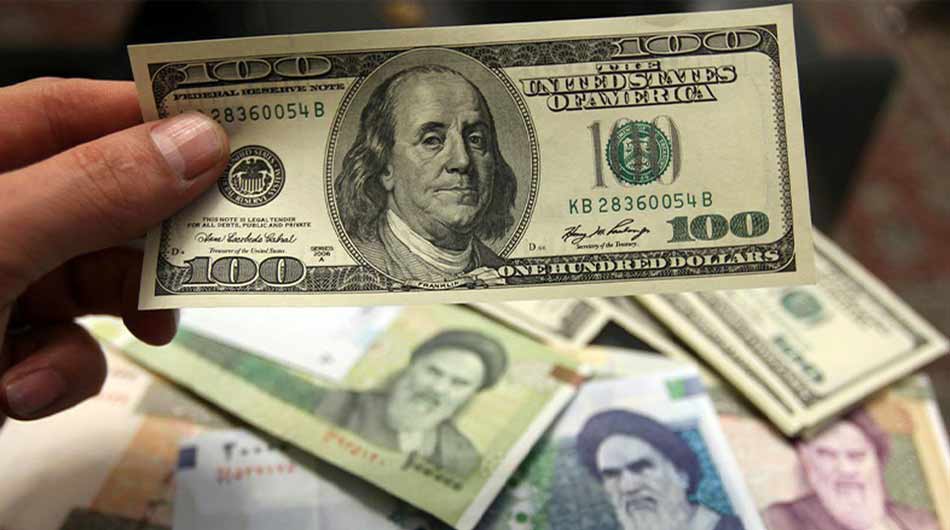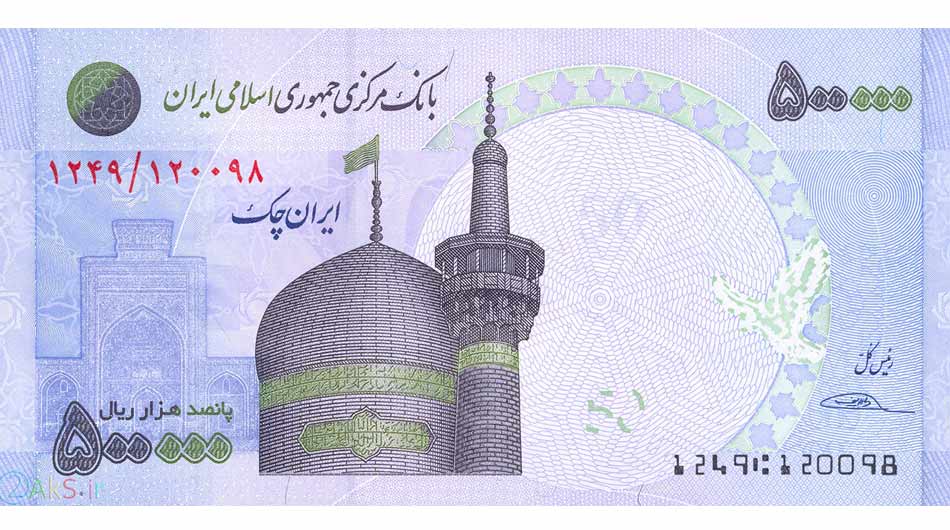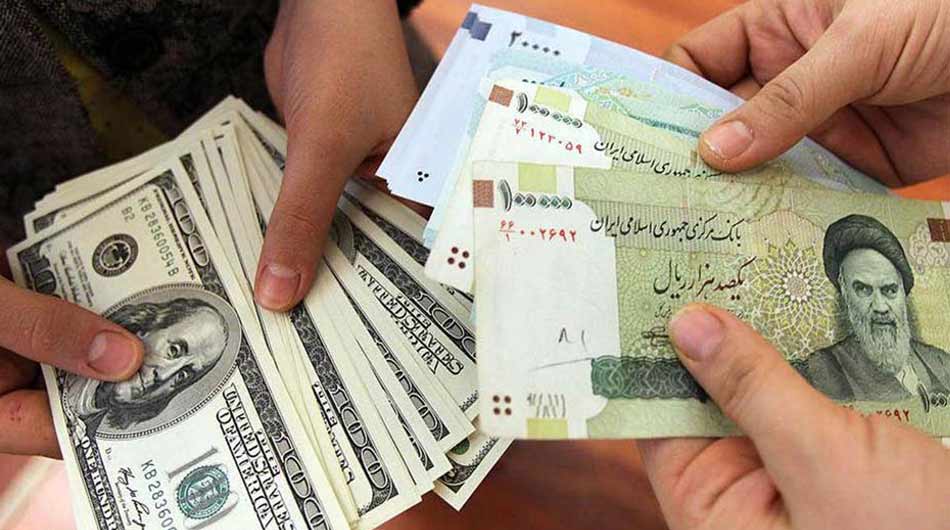The Current Currency of Iran
As the official currency of Iran, the rial plays a pivotal role in facilitating trade, commerce, and everyday transactions. In this article, we delve into the nuances of the current currency landscape in Iran, exploring its history, challenges, and prospects for the future.
A Brief Historical Overview
The origins of Iran’s currency system can be traced back centuries, with various forms of currency used throughout different periods of history. However, it wasn’t until the early 20th century that the rial emerged as the predominant unit of currency in Iran. Over the years, the rial has undergone several transformations, reflecting changes in economic policy, international relations, and geopolitical dynamics.
The Rial Today: Symbol of Stability Amidst Turbulence
Despite its historical significance, the Iranian rial faces a myriad of challenges in the contemporary global landscape. Economic sanctions, imposed by the international community, have placed immense strain on Iran’s economy, leading to currency depreciation, inflation, and a decline in purchasing power for ordinary citizens.
The Iranian government has implemented various measures to mitigate the impact of sanctions and stabilize the rial. These efforts include monetary policies, exchange rate interventions, and subsidies for essential goods and services. However, the effectiveness of these measures has been limited, as evidenced by persistent economic challenges and fluctuations in the value of the rial.
Inflationary Pressures and Economic Uncertainty
One of the most pressing issues facing Iran’s currency is inflation. High levels of inflation erode the value of the rial, making it increasingly difficult for individuals and businesses to afford basic necessities. The Iranian government has struggled to contain inflation through a combination of fiscal and monetary policies, but structural imbalances and external pressures continue to pose significant challenges.
Moreover, the depreciation of the rial has fueled uncertainty among investors and consumers, further exacerbating economic volatility. This uncertainty undermines confidence in the currency and hampers efforts to stimulate growth and development.
Informal Currency Markets and Exchange Rate Disparities
In response to currency instability, informal currency markets have proliferated in Iran. Black market exchanges, known as the “sarāfī,” offer alternative exchange rates for foreign currencies, providing a lifeline for individuals seeking access to hard currency. However, these informal markets also pose risks such as fraud, money laundering, and financial instability.
The disparity between official and black market exchange rates complicates economic management and policymaking, creating challenges for businesses and government authorities alike. Addressing these disparities requires a comprehensive approach that addresses underlying structural issues and fosters transparency and accountability in the financial sector.
Future Prospects and Policy Imperatives
Looking ahead, the future of Iran’s currency hinges on a combination of domestic reforms and international developments. Economic diversification, investment in infrastructure, and fiscal discipline are essential to strengthening the rial and fostering sustainable growth. Additionally, diplomatic efforts to alleviate sanctions and improve relations with the international community can help stabilize the currency and create opportunities for trade and investment.
Collaborative initiatives, such as joining regional currency unions or establishing bilateral agreements, may also enhance Iran’s economic resilience and reduce reliance on the rial as a sole means of exchange. However, achieving these objectives will require political will, strategic planning, and cooperation from all stakeholders involved.
In conclusion, the Iranian rial occupies a central position in the nation’s economic landscape, serving as both a symbol of resilience and a barometer of economic challenges. While the currency faces significant headwinds in the form of sanctions, inflation, and currency depreciation, there are opportunities for reform and renewal.
By implementing prudent policies, fostering international cooperation, and addressing underlying economic vulnerabilities, Iran can strengthen the stability and integrity of the rial, ensuring its continued relevance in an ever-changing global economy.
Tags:Adventure holidays, Best time to travel to iran, best tour operator iran, Cultural sites of Iran, Current Currency of Iran, Holiday in Iran, Iran, Iran Architectural, iran attractions, iran destinations, Iran sightseeing tours, iran Solo trip, iran tour, Iran tour packages, iran tourist attractions, Iran travel agency, iran travel expenses, Iran Travel Guide, Iran Travel Tips, must-visit Iran, persia tour, top tourist destinations, travel to iran, travelling to iran, trip to iran, vacation packages, visit iran, درناگشت



